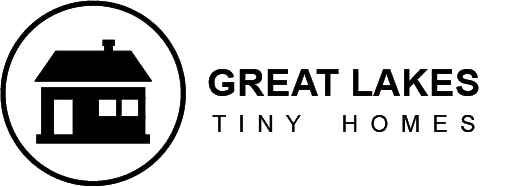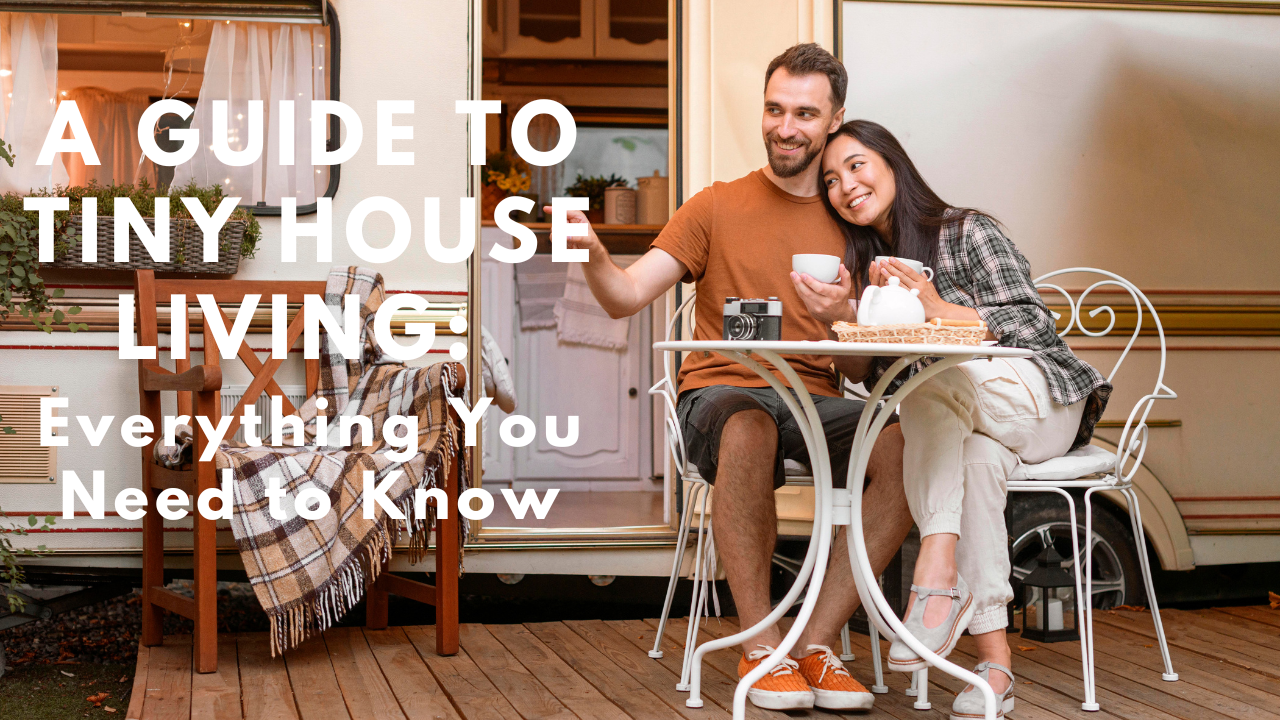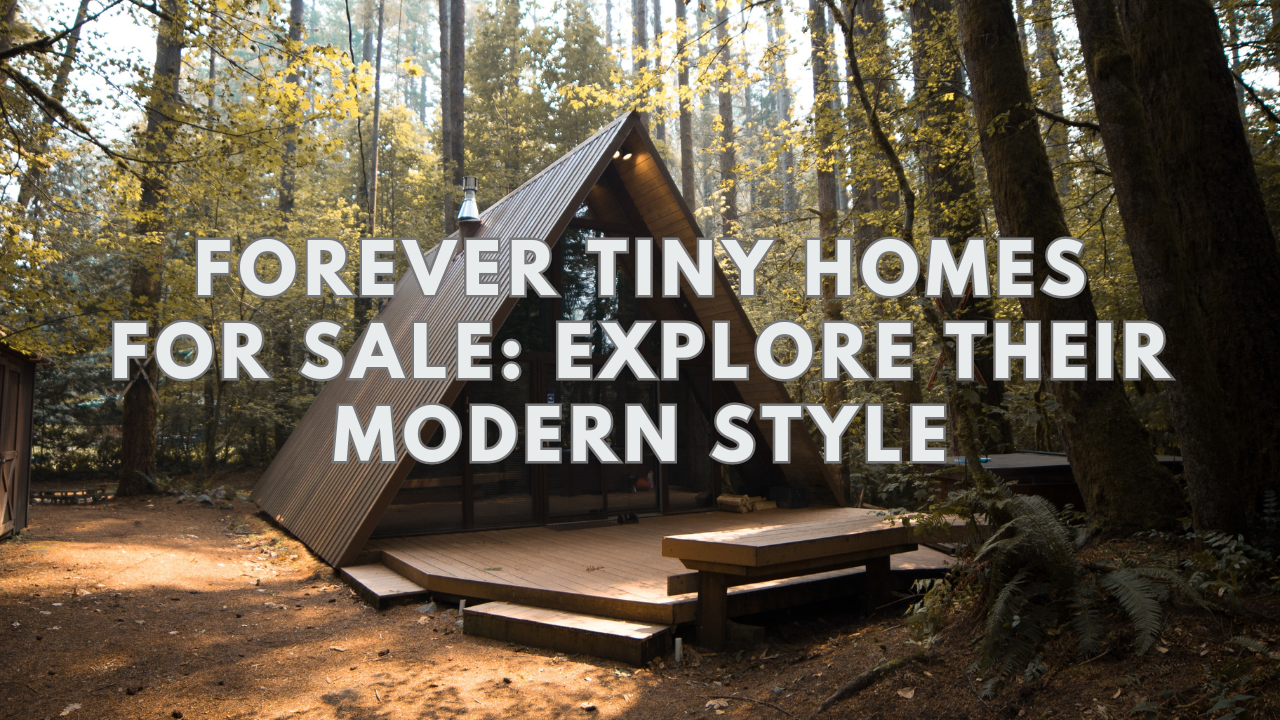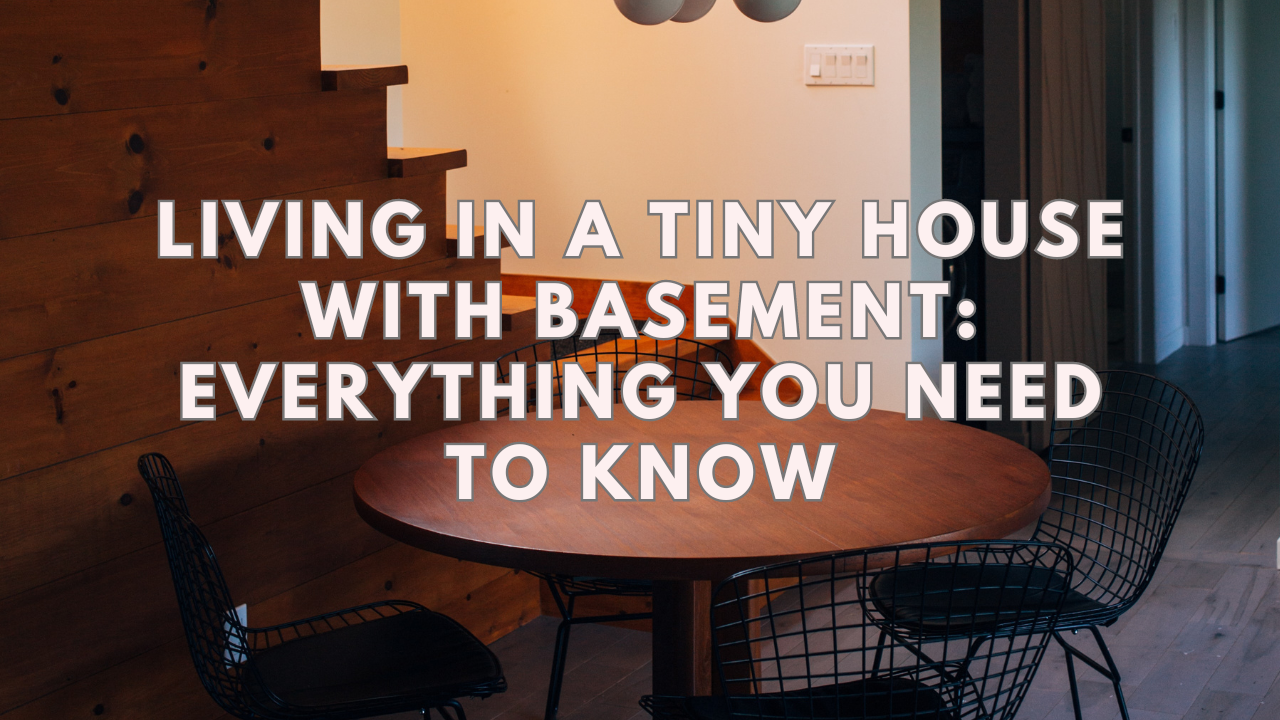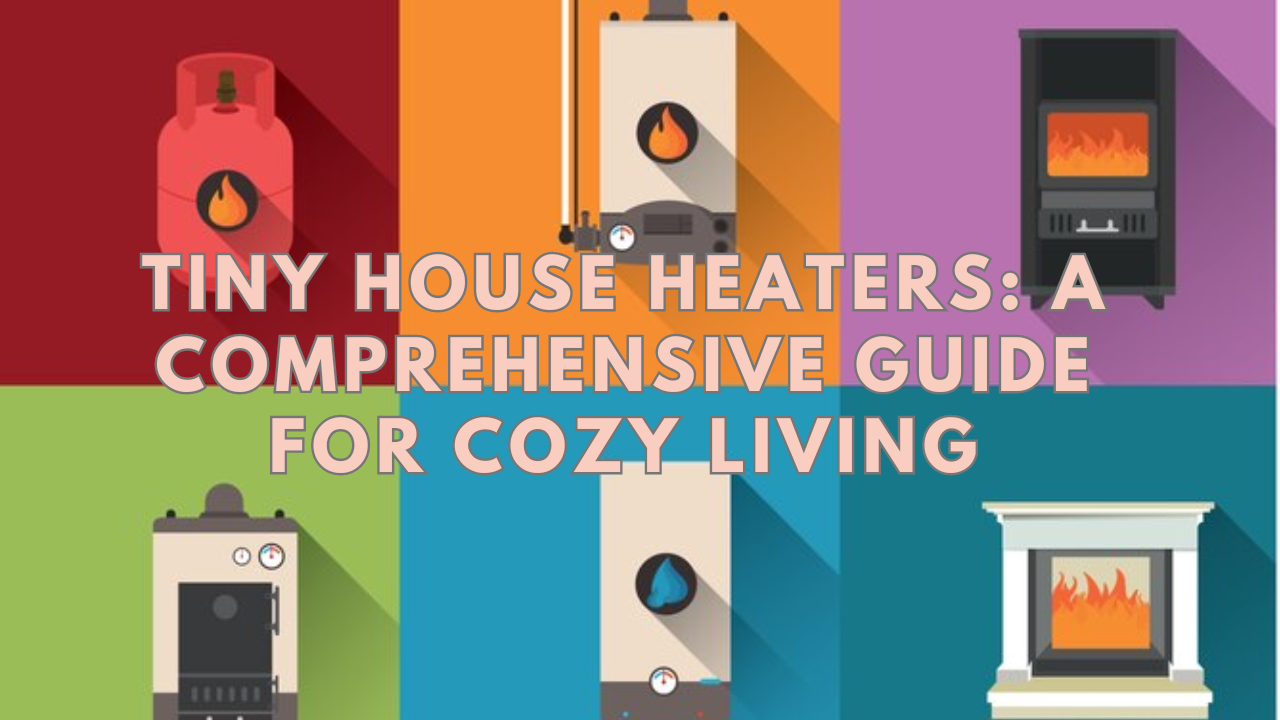Since the financial crisis, tiny homes, sometimes referred to as micro or mini homes, have grown in favor of a new American living style. The living area is typically substantially smaller than 40 square meters. The interior design is simple and practical, and the usable space is modest in size as well. Furthermore, several tiny homes are built on chassis and have wheels, making them appropriate for a mobile and adaptable lifestyle.
Do you want to find out more about the tiny house living? Keep reading!
What Are Tiny Homes, Exactly?
Any property with less than 500 square feet is commonly referred to as a “tiny home.” But even within that, there is a wide range of variations, from the typical compact single-owner home to a mobile home or ADU (a smaller property next to a larger one on the same lot). The latter is a well-liked choice for someone who wants to rent out more space to supplement their income or who wants to live close by but apart from a child or parent.
The Tiny House Movement
The tiny-house trend includes those who give up their big homes and downsize to something significantly smaller and more compact. The movement urges people to live relaxed and only with the essentials to combat hoarding and excessive consumption. As the average size of homes increased significantly, it became more difficult for people to find accommodation while simultaneously raising the question of whether large homes are required.
Furthermore, when a house’s size decreases, it becomes less expensive, so you can forget about taking out loans that you’ll have to return for the rest of your life, paying high property taxes, or even paying exorbitant upkeep charges.
An Environment-Friendly Alternative
Aside from the financial advantages of tiny home living, these homes have a lower impact on the environment and make it simpler to use renewable energy sources. Due to their small size, tiny homes use fewer natural materials for construction, such as wood, plastic, and metal fixtures. And some tiny houses are created entirely of recycled materials.
The Joy Of Living With Less
What is the purpose of the tiny house movement? Owners of tiny homes offer a variety of viewpoints on why they decided to adopt the small-house trend. This trend is about finding housing that fits your lifestyle—simplifying, freedom, and sustainability. It’s about cleaning up your duties, social life, stress, and house and personal space. The tiny life is about having the luxury of leisure to do anything you want, living a more fulfilling life, and being financially free.
Less Space, Less Money
We work hard to purchase more items for our homes—items we might not even need. Many Americans feel overloaded by their packed schedules and obligations.
A solution for that is to live more compactly, and this realization inspires many people to live in tiny homes. Although not for everyone, more compact homes are far less expensive than larger ones.
How to Acquire Your First Tiny Home
There are many possibilities when it comes to acquiring your first tiny home:
Build A Tiny Home Yourself
The first and best choice is to purchase plans or have them created, pore over building manuals, watch half of YouTube, and then construct your new home with two hands.
That is a fun alternative, and most people considering buying a tiny home think they will choose it.
Buy An Already-Made Tiny Home
Not having to build your own house is, of course, one advantage of doing so. The only way to have a tiny house if you’re not physically capable of building one is to outsource the work, whether it’s because you have a disability, think you’re too old or young, or you’re just incredibly clumsy.
Buy A Prefab Tiny Home
Prefabricated tiny homes are constructed by qualified professionals. They’ve spent years figuring out the best, safest, and most useful ways to construct tiny homes, so they are aware of what works and what doesn’t. Therefore, you can be confident that whatever they generate will be of a considerably greater caliber than anything you could construct on your own. Your roof won’t collapse on you, so you can rest well at night.
Hire Someone
Regardless of your degree of skill, there’s a good possibility you’ll need assistance building at some point. Sometimes two people are needed for the building. For instance, you might not have the strength to secure something with one hand while attaching it with the other. It will be much easier to do some chores if you have an extra set of hands, even if you only hire them sometimes.
Buy A Tiny Home Kit
You may be confident that you’re getting a sturdy house if you get a tiny home shell from a reputed supplier. It’s less of a problem if you make a mistake because the bits you perform yourself are probably not as crucial.
Your house will have a similar construction to many others when you purchase a shell or kit. However, there is a lot of space for customization. You’ll be able to pick all the final touches and give it a little bit of your personality.
Expect Big Changes
Living in a tiny home means having a significant reduction and reevaluation of your lifestyle unless it is a guest house or a temporary fix. Too much stuff will quickly clutter the area and give you the impression that you are surrounded by trash.
There are many inventive ideas, but vertical space and furniture with multiple uses are essential.
Anyone who wants to learn more about the tiny home trend should book a week in one of these homes on Airbnb. Some people may adore it and want to start building right away, but others may find that working in such a small area is more difficult than commonly depicted in happy social media posts.
Plan Your New Lifestyle
Pick A Location
Although the popularity of tiny-home living has soared in recent years, city rules are still lagging. Some cities officially forbid permanent RV habitation, which is what many tiny homes are. If you intend to make a long-term residence in the area where you have chosen to live, research the housing laws in your zone and take the necessary precautions as soon as possible to get your housing design authorized. In the long term, this will save you time and money and enable you to settle into your new home sooner
Set A Budget
On your path to a minimalist lifestyle, it will be helpful in many ways to examine your monthly spending patterns. It will not only make you more conscious of your spending habits but also enable you to put more money into your savings account, which is crucial to establish before going it alone.
Design Strategically
A well-designed floor plan that suits your needs and lifestyle is crucial when living in a small place, literally and figuratively. Consider including space-saving elements in your tiny home floor plan as you and your builder create it, such as furniture with storage, compact appliances, pocket doors, loft space, and adjustable stairs. Try to give the essentials priority over luxuries you can live without. To make it work, you might have to give up some storage or living space.
Spend Only On the Essential
Your shopping excursions are constrained to the basics when you live in a small space. However, it’s crucial to select furniture and other accessories for your home’s decor that have numerous uses. To make the most of your space and ensure that your home won’t add to your stress, seek high-quality items that will last you a long time.
What About Financing?
One of the obstacles homeowners face on their quest for tiny living, along with locating a good site, is acquiring financing for a tiny home. A borrower who can’t or doesn’t want to pay for the project in total will typically have to turn to unsecured debt because the cost of building a tiny home is typically too low for a mortgage.
Even then, the difference between what the loan covers and the whole cost of the house may require the borrower to make thousands of dollars in their own money.
Don’t worry, though. These loans may be funded considerably more quickly than a mortgage, and the payments are significantly smaller.
FAQs
What Are The Cons of Tiny Homes?
Living in a small space presents several difficulties for families. The number of household possessions must be kept to an absolute minimum due to a shortage of storage space. Additionally, it is nearly impossible to provide barrier-free access in a tiny home. Finally, compared to traditional homes or apartments, micro homes are a much worse financial investment. Not everyone can afford to sell their home and purchase a mini home. While retaining value is not as easy as in typical buildings, the value fall occurs more quickly. Tiny homes, however, can be a desirable option for individuals who lead suitable lives.
Are Tiny Homes Safe?
Strongness, longevity, and sustainability are factors considered when building tiny houses. To ensure that they are made to endure a lifetime, most tiny homes are built under IRC standards and through thorough internal inspection processes. Your home must be constructed with approved materials to lessen fire threats, install smoke detectors, and follow all relevant national, state, and local building regulations.
How Does Plumbing Work In These Houses?
Depending on whether the house is mobile or stationary, the plumbing may look slightly different: When choosing an RV setup, tiny houses can connect to a septic hookup, which is typical in RV parks and some campgrounds. For a fixed home layout, a domestic sewage line can connect and drain into the property’s existing septic tank or the city’s regular sewer system.
The Wrap-Up
A tiny lifestyle can be a form of freedom from choice. It’s not simple to switch to a smaller house, and you have to quickly make a staggering number of important decisions. Anyone who has ever made this big decision can agree. Throughout the process, you must make many choices, but after it is complete, you may unwind and savor the results of your hard work.
